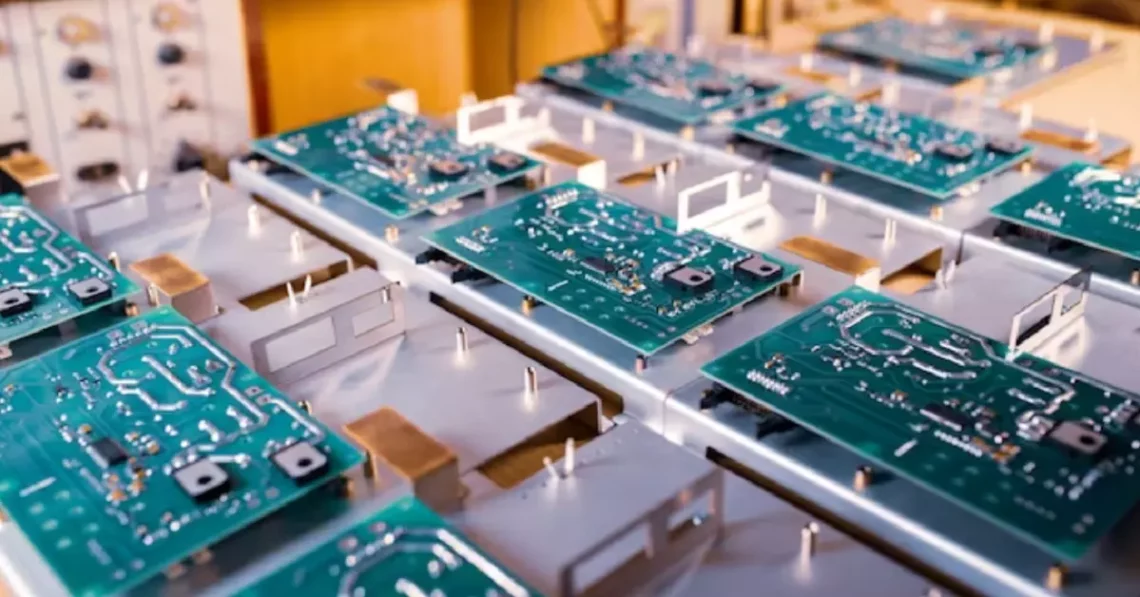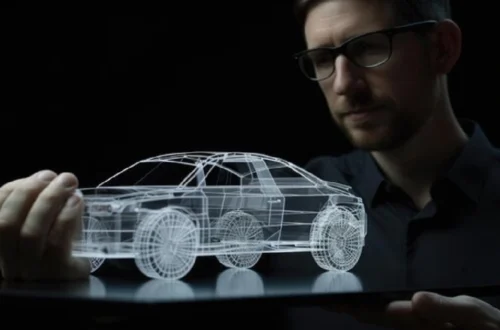Prototype PCB assembly is a crucial step on the fast-moving path from concept to concrete electronics products. Before going into full-scale production, this crucial stage of the development process enables designers and engineers to test their concepts, work out any problems, and polish the functionality of a printed circuit board (PCB). This article delves into the complexities of prototype PCB assembly, illuminating its importance, associated procedures, and function in enabling innovations.
What Makes a Prototype PCB Assembly Essential?
Fundamentally, prototype pcbasicpcba manufacturerinvolves building a working, small-scale version of a printed circuit board to act as a testbed for performance evaluation and design validation. Before moving forward with mass production, engineers may assess the viability of their design, spot any possible problems, and make the required adjustments thanks to this crucial stage in the product development lifecycle.
The Value of Prototyping
Verification of Design:
Through prototyping, circuit designers can verify that their ideas work as planned. This stage aids with mistake detection, performance optimization, and PCB overall functionality assurance.
Evaluation of Performance:
Engineers use prototype assemblies to evaluate the board’s functionality in real-world scenarios thoroughly. This entails evaluating heat control, power usage, and signal integrity.
Savings on expenses:
Finding and fixing design issues during the prototyping phase is far less expensive than making modifications once mass production has started. Prototyping reduces the possibility of expensive mistakes.
Developing Iteratively:
Incremental improvements are possible because prototyping is an iterative process. Based on test results and user feedback, engineers can make adjustments that result in a final design that is more optimized and improved.
The Procedure for Assembling Prototype PCBs
A. Diagrammatic Design:
Making a schematic diagram of the electrical connections and parts on the PCB is the first step in the process.
PCB Design:
The PCB layout specifies component location and trace routing and is designed using specialist software.
Manufacturing PCB prototypes:
The completed design is used to construct prototypes. A limited batch of PCBs must be produced this way, usually utilizing quick-turn manufacturing techniques.
D. Location of Components:
The PCB is meticulously assembled with electronic components arranged by the design criteria. To ensure full functionality, this step requires precision.
Soldering:
The PCB is then soldered with the components attached. Depending on the complexity of the design, manual or automated assembly procedures can be used to complete this.
Testing and Troubleshooting:
The completed prototype is put through rigorous testing. Debugging and iterative refinement are used to find and fix problems or malfunctions.
Iteration and Feedback:
Engineers acquire insightful comments based on test findings to improve the design. Prototyping iteratively may entail several cycles until the desired performance is attained.
Obstacles and Things to Think About
Parts Availability:
Timely assembly may be hindered by the lengthier lead times or limited availability of certain specialized or bespoke components during prototyping.
Financial Restraints:
Prototyping is essential, but there may be a limit to how many iterations are feasible due to financial issues. One recurring difficulty is juggling budgetary considerations with the desire for refinement.
Sensitivity to Time:
Time-to-market demands frequently call for quick prototyping. Quick-turn assembly services meet this requirement, albeit they could be more expensive.
In summary:
Prototype PCB assembly is crucial in the ever-changing electronics industry as it bridges concept and execution. It’s a dynamic process that allows engineers and designers to improve upon their ideas, fix problems, and clear the path for effective mass production. Prototype PCB assembly is crucial in ensuring that innovations are not only ground-breaking in idea but also sturdy and dependable in execution as technology advances.





